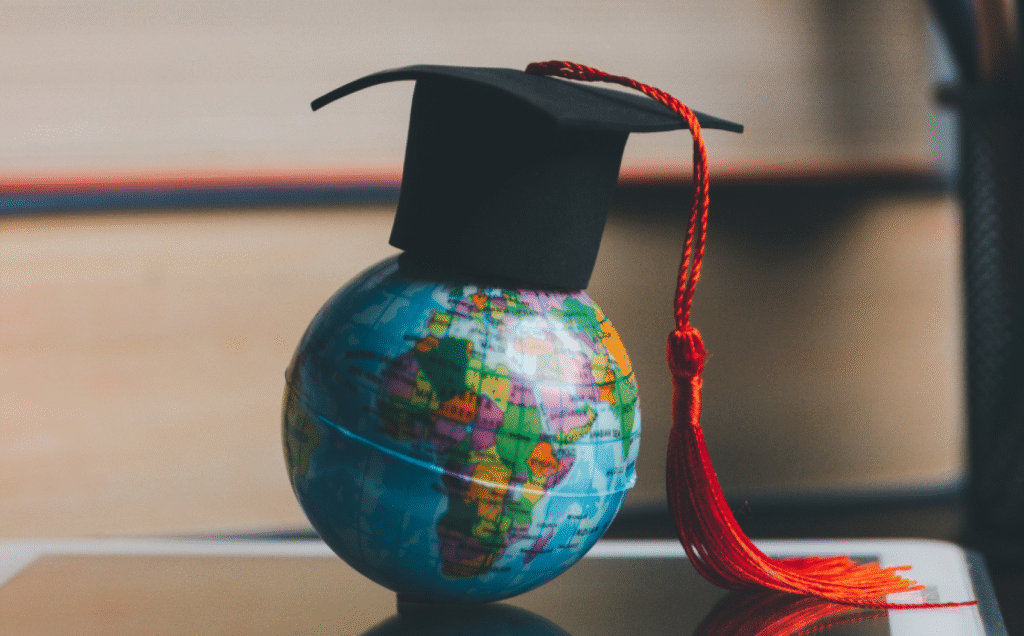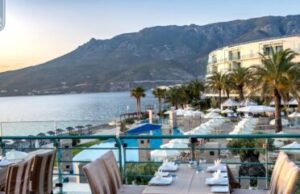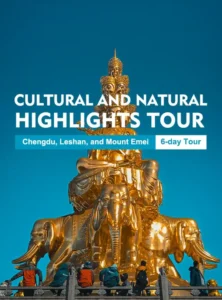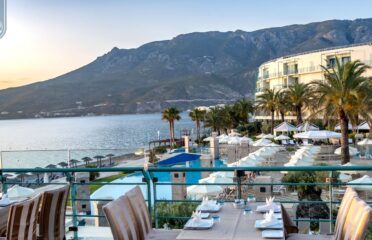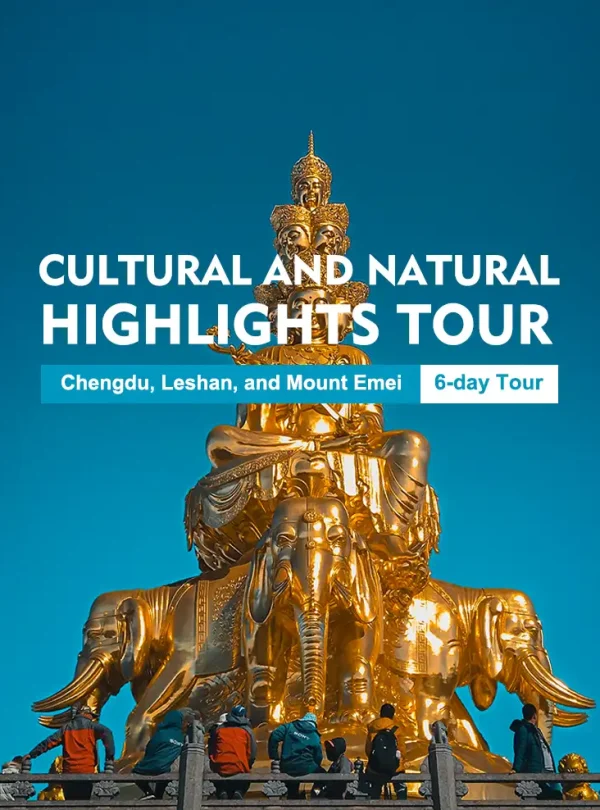Baguio City, known as the “Summer Capital of the Philippines,” is not only famous for its cool climate and scenic mountain views but also for its vibrant culture and colorful festivals. Nestled in the Cordillera Mountains, this charming city bursts with life through events that showcase the creativity, traditions, and hospitality of its people. For visitors, especially those considering バギオ留学 (studying abroad in Baguio), immersing in these local celebrations provides a unique glimpse into the soul of Filipino culture and community spirit.
Understanding Baguio’s Cultural Identity
Baguio’s festivals are a reflection of its diverse history and cultural fusion. Founded as a hill station by the Americans in the early 1900s, Baguio evolved into a melting pot of indigenous Cordilleran traditions and modern Filipino influences. Its festivals blend these heritages beautifully — from traditional dances of the Igorot tribes to modern street parades filled with music and art. Participating in these festivities allows foreigners to appreciate how Baguio’s residents honor their roots while embracing progress and creativity.
The Grand Panagbenga Festival – The Festival of Flowers
Perhaps the most famous celebration in Baguio, the Panagbenga Festival, is held every February and is a must-experience event for anyone living or studying in the city. The word Panagbenga means “season of blooming” in the Kankanaey language, and the festival was created to symbolize the city’s resilience after the devastating 1990 earthquake.
The highlight of Panagbenga is its spectacular street parade, where participants wear flower-inspired costumes and dance gracefully along Session Road. The floats, decorated entirely with fresh flowers from Benguet’s farms, are breathtaking works of art that rival even the floral parades of Pasadena or Chiang Mai. Visitors are encouraged to join the festivities, take photos, and experience firsthand how Baguio transforms into a colorful garden of joy.
For foreigners in the city for バギオ留学, this festival offers an incredible opportunity to understand the community’s creativity and pride. Beyond the parade, Panagbenga also includes cultural shows, a landscaping competition, and the Session Road in Bloom — where the main street turns into a pedestrian-friendly market filled with food stalls, local crafts, and performances.
The Baguio Arts Festival – A Celebration of Creativity
Held every November, the Baguio Arts Festival celebrates the city’s designation as a UNESCO Creative City for Crafts and Folk Art. This event showcases Baguio’s thriving art scene through exhibits, performances, and workshops.
Visitors can explore open-air galleries at the Baguio Botanical Garden or attend art talks led by renowned local artists. There are also live mural paintings, traditional weaving demonstrations, and pottery sessions that reflect the Cordillera’s rich artistic heritage. For foreigners pursuing バギオ留学, this event is an inspiring way to engage with local artists and even collaborate in cross-cultural art exchanges.
The Highland Vegetable Festival – Tribute to Local Farmers
Another unique event worth experiencing is the Highland Vegetable Festival, held in nearby La Trinidad, Benguet — just a few minutes away from Baguio. This celebration honors the hardworking farmers who supply vegetables not only to the Cordillera region but to markets across the Philippines.
Visitors can enjoy exhibits showcasing innovative farming techniques, cooking contests featuring vegetable dishes, and parades highlighting the region’s agricultural bounty. This festival is a perfect way for students or long-term visitors to learn about sustainable agriculture and the deep respect that locals have for nature and the land.
The Ibaloy Day – Honoring Baguio’s Original Settlers
Every February 23, Baguio celebrates Ibaloy Day in honor of the Ibaloy people — the original settlers of the area long before Baguio became a city. The celebration takes place at Burnham Park, particularly in the Ibaloy Heritage Garden, where visitors can experience traditional dances, music, and rituals.
Foreigners attending this event can witness the richness of indigenous culture through storytelling, weaving demonstrations, and the preparation of native dishes like pinikpikan (a traditional chicken dish). It’s a meaningful experience that connects visitors to Baguio’s indigenous heritage and helps promote respect for cultural diversity — an important aspect for those coming for バギオ留学 and wanting to understand the city’s roots beyond its modern image.
The Baguio Coffee Festival – A Brew of Culture and Community
Baguio’s cool climate and nearby Benguet province’s fertile mountains make it a perfect place for coffee cultivation. The Baguio Coffee Festival, usually held in February or March, celebrates the region’s coffee heritage and promotes local coffee farmers.
Coffee lovers will enjoy tasting different blends of Cordillera coffee while learning about the bean-to-cup process. Workshops and brewing demonstrations are conducted by local baristas and farmers, providing insight into how coffee supports the region’s economy and culture. It’s an excellent opportunity for students and professionals under バギオ留学 to connect with locals in a relaxed, aromatic setting.
Christmas in Baguio – The City of Lights
Baguio transforms into a magical wonderland during the Christmas season. The Christmas in Baguio Festival, which runs from November to January, turns the city into a glowing paradise with lanterns, light installations, and nightly performances.
The heart of the celebration is at Burnham Park and Session Road, where families gather to enjoy food stalls, caroling, and fireworks displays. The “Silahis ng Pasko” (Ray of Christmas) parade is a major highlight, spreading joy and hope throughout the city. Foreigners studying or living in Baguio will find this period especially heartwarming, as it captures the true Filipino spirit of generosity and celebration.
The Baguio Bloom Festival – A Summer Delight
Following the end of Panagbenga, the Baguio Bloom Festival takes place in March, marking the transition to the city’s summer season. It features garden shows, bonsai exhibitions, and cultural performances. Visitors can explore stalls filled with potted plants, souvenirs, and local delicacies while enjoying the city’s cool breeze.
For those on バギオ留学, the Bloom Festival offers a peaceful escape after the energetic festivities of February. It’s a great time to relax, make friends, and appreciate Baguio’s natural charm.
The Baguio Independence Day and Charter Day Celebrations
Two other important events in the city’s calendar are Philippine Independence Day (June 12) and Baguio Charter Day (September 1). These celebrations feature civic parades, cultural programs, and flag-raising ceremonies that foster patriotism and civic pride.
Foreigners are always welcome to join these events, which often include free concerts, art exhibits, and public markets. Participating in these national celebrations helps students and visitors feel part of the community while understanding the values that shape Filipino identity.
Tips for Foreigners Attending Baguio’s Festivals
For foreigners coming for travel or バギオ留学, experiencing Baguio’s festivals can be both exciting and enriching. Here are some tips to make the most of it:
- Plan ahead: Festival dates can vary, so check local announcements and book accommodations early.
- Dress comfortably: Baguio’s cool weather is refreshing, but bring a jacket for evening events.
- Respect traditions: Some festivals include sacred rituals. Observe respectfully and ask before taking photos.
- Try local food: From strawberry taho to ube jam, festival stalls offer delicious treats.
- Join community events: Don’t just watch — volunteer or join activities to meet locals and learn their culture firsthand.
Conclusion
Baguio City’s festivals and events are more than just colorful spectacles — they are living expressions of community pride, creativity, and tradition. For foreigners and students enjoying バギオ留学, these celebrations offer a deeper connection to local life and a chance to build unforgettable memories. Whether you’re dancing in the Panagbenga parade, sipping Cordillera coffee, or admiring local art, every festival in Baguio reveals a new facet of its warm, artistic, and resilient spirit.

